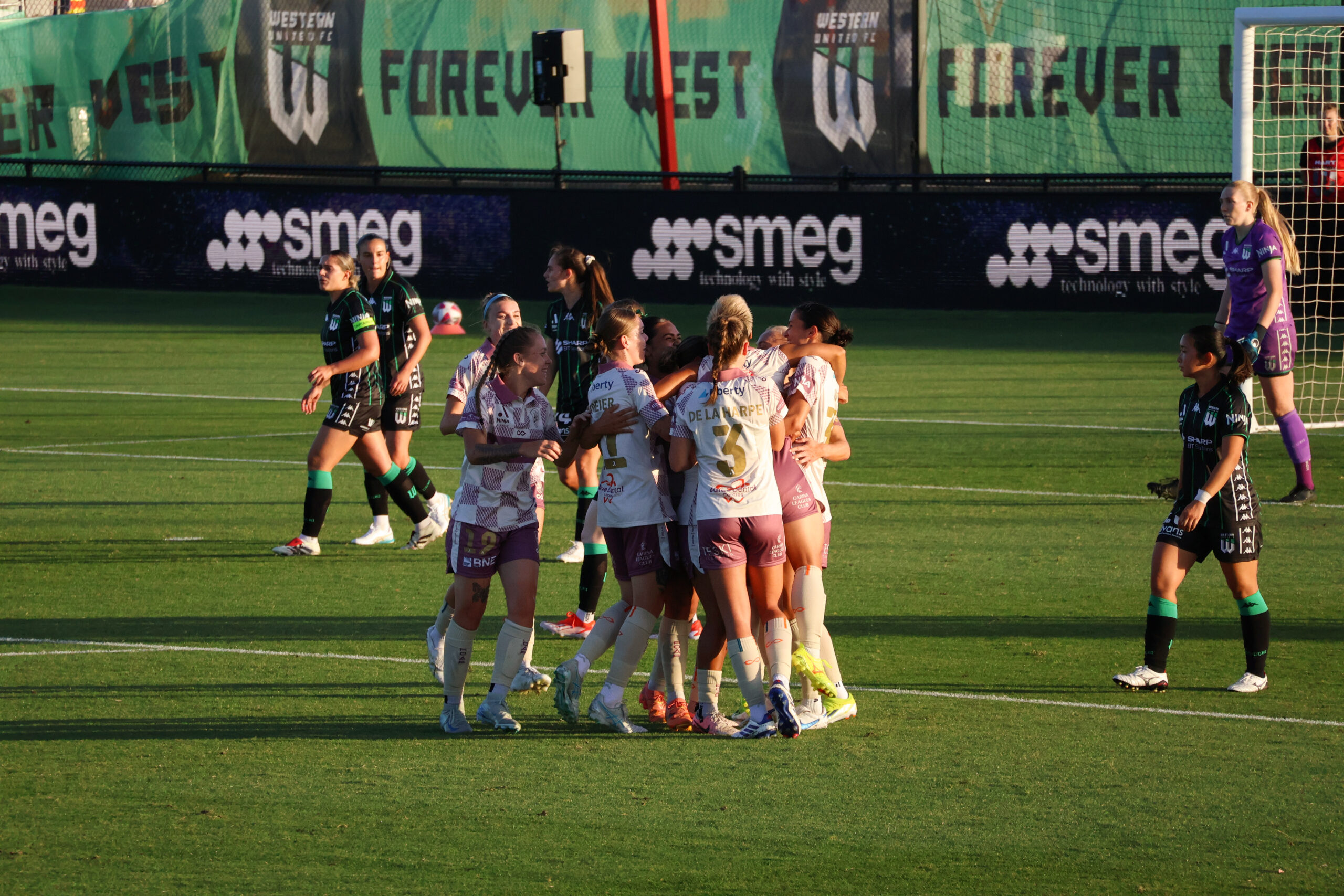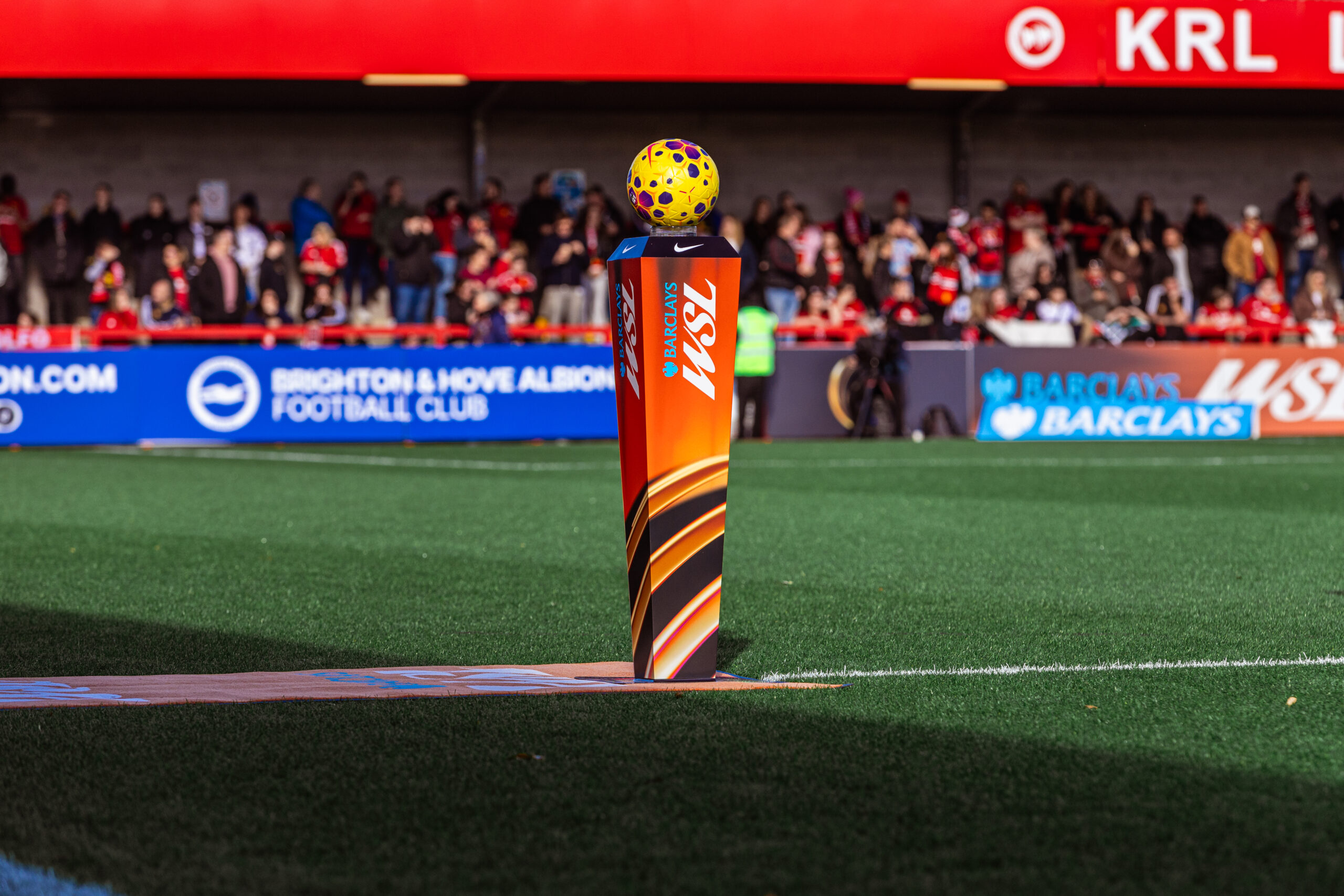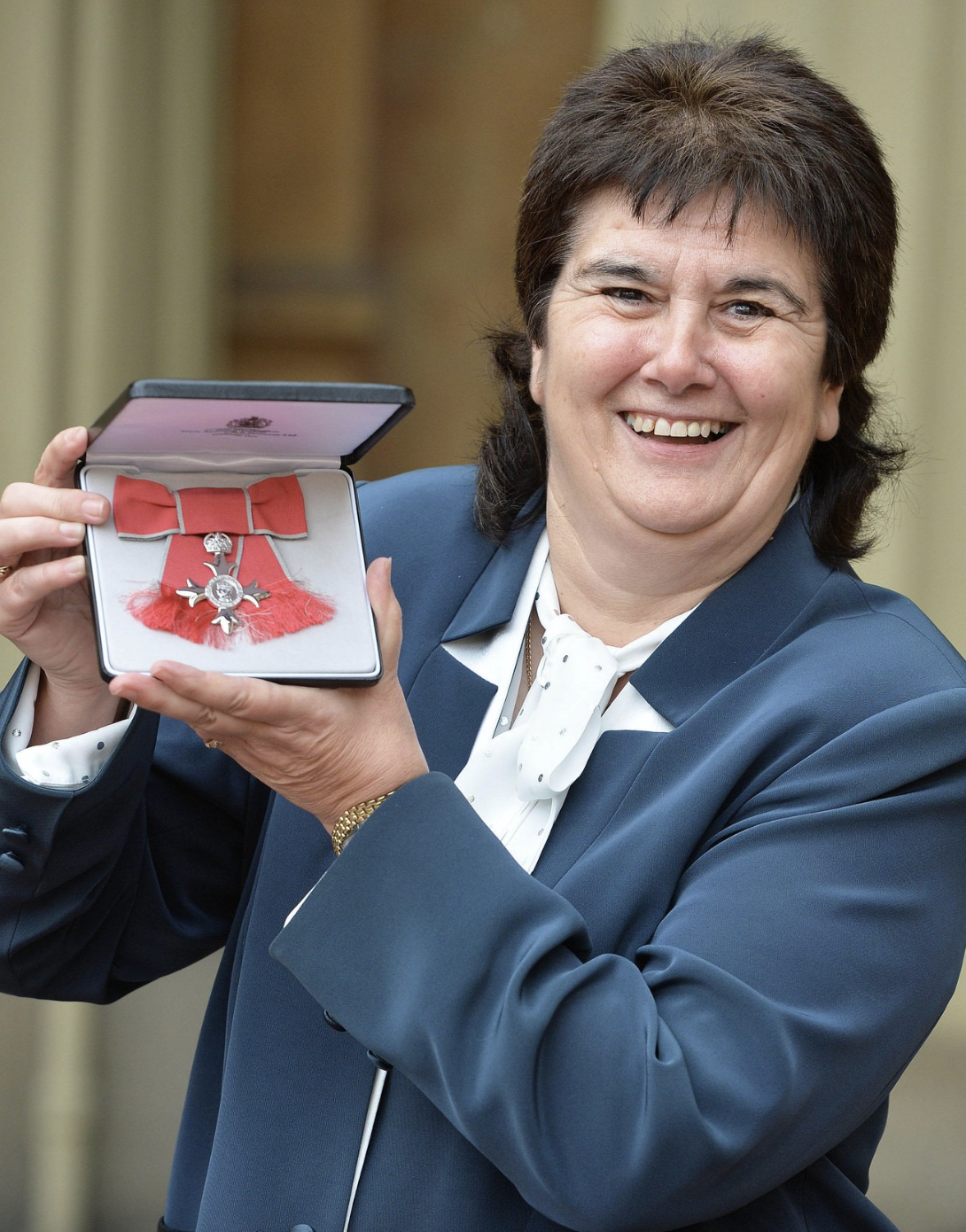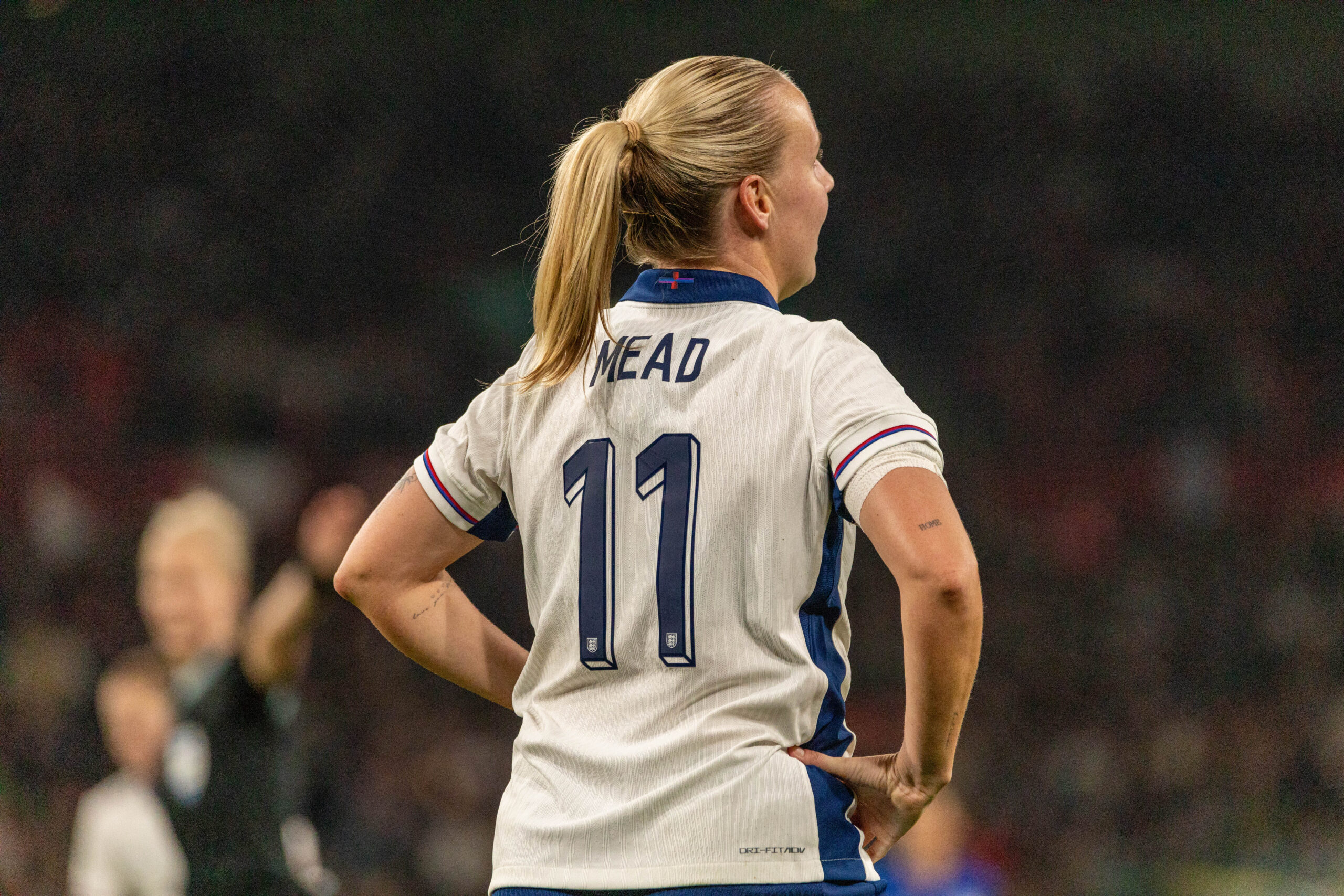“Princess Ibini has decided to leave the club [Sydney FC] to pursue opportunities overseas.”
Yet another one bites the dust. For fans of Australia’s top women’s football division, the A-League Women, it came as no surprise that they were bound to lose yet another local talent to the hands of a league overseas. Whether it be Sweden, the United States, England or Italy, the Aussies are packing up and moving halfway across the world in search of something bigger and better, and the A-League just can’t seem to hold on.
Since its establishment in 2008 as the W-League, the A-League Women (ALW) has become the backbone of the Australian household names we know and love. From Sam Kerr to Caitlin Foord, Hayley Raso to Mackenzie Arnold and Kyra Cooney-Cross to Sharn Freier, almost every single player who has found themselves in the Matildas setup originally made their name by breaking through the A-League system. The league has allowed the spotlight to be shone on emerging talents of extraordinary skill and ability, many of whom would not have been spotted otherwise. But as these players continue to search for more, how will they proceed with their careers?
For any fan of the league, the next step is obvious. Players who show immense talent will inevitably open the door to whatever clubs come knocking. After all, who wouldn’t want to get their hands on some of the biggest rising stars in the world? But as fans continue to grudge through transfer window after transfer window of the league’s most prominent stars going to “pursue overseas opportunities”, it begs the question — what does the rest of the world have that Australia doesn’t?
Contract Length
Despite the increase in Australian women’s football engagement in recent years thanks to the success of the Matildas during the 2023 Women’s World Cup, full investment in the game has yet to reach the ALW. This has resulted in even some of the most fundamental components of a top-of-the-pyramid league falling further and further behind for Australia.
As of the 2023/24 season, players and staff of the ALW receive work in 35-week contracted stints (which covers the full home and away series as well as 4 additional weeks for finals play-offs) as opposed to full 12-month contracts secured by players who work their craft abroad.
Whilst this came as a significant improvement from the 29-week contracts being offered the season prior, contracts of this length still leave players to fend for themselves as they spend 32% of the year without resources, pay, training or industry-standard facilities.
The absence of full-year contracts, along with the sheer brevity of the ALW season, has consequently led to a large disparity in the local talent pool, as leagues overseas have the resources and funds to support the longevity and sustainability of a player’s career.
Such short contracts additionally mean that players are coming and going from teams at notably fast rates. Very few stay at the same club for consecutive years, which significantly hinders a team’s ability to maintain continuous chemistry. This issue is compounded by the ALW’s lengthy off-season, which can stretch up to six months depending on finals participation and by the lack of consistent pre-season scheduling when players and staff return to their clubs.
Salaries
Unlike many other developed big-name leagues, the ALW is yet to run under a fully professional framework. With a minimum salary of a measly $25,750, the Professional Footballers Australia (PFA) 2023/24 ALW season report revealed that 62% of players were engaging in additional paid work outside of football, many of whom were balancing a full-time job whilst still trying to find time for training, travelling and playing matches.
In contrast, England saw full professionalism implemented in the Women’s Super League (WSL) during the 2018/19 season, despite the league being formed two years after the ALW. Significantly higher minimum salaries are also present in major leagues such as the Liga F of Spain ($41,866), the National Women’s Super League (NWSL) of the USA (just over $73,100, with a rise to approximately $124,200 pending by 2030) and the newly formed Northern Super League (NSL) of Canada (just over $75,240).
As one would expect, this glaring gap in wage amounts doesn’t come without consequence. The PFA found that 69% of players expressed that low wages would be a reason behind them departing the ALW, with 59% of the same cohort saying that said reason would push them towards leaving the game altogether.
This shortfall of financial stability throughout the league has become a hot topic of concern for both the players and PFA, with a vast majority of ALW players (71%) pushing for full professionalism to be implemented by the 2026/27 season.
Moving Forward
For most, the biggest priority of the league currently is expanding and investing. If steps are not taken in due time, the ALW could see its own collapse as it continues to struggle to compete with the ever-growing women’s football industry.
This league has so much to give; it’s simply yet to prove itself.
Note: all monetary figures are written in Australian dollars (AUD)



